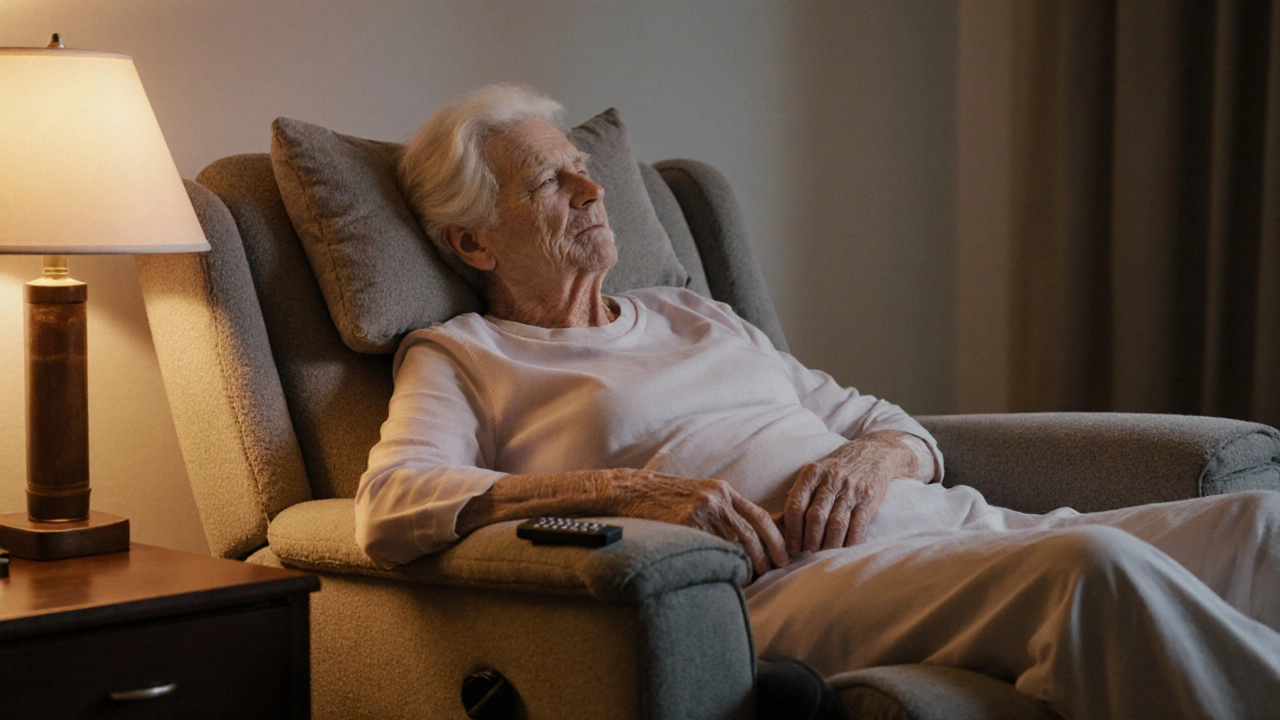Recliner Chairs for Seniors – Comfort, Safety and Medicare Help
Finding a recliner that feels just right can be tough, especially when you need extra support and easy use. Seniors often look for chairs that help them sit down, stand up, and relax without strain. The good news is there are many options that combine soft cushions, sturdy frames, and helpful features like power lifts. Below we break down what to check, how to test a chair, and ways to save money through Medicare.
Key Features to Look For
First, think about the recline mechanism. Manual levers are cheap but can be hard on shaky hands. Power‑assist recliners use a small motor and a button, making it effortless to lean back or lift the seat. Look for chairs with a smooth glide and a quiet motor – no one wants a noisy chair in the living room.
Second, consider the seat height. A chair that’s too low forces the knees to bend sharply, which can hurt the hips. Aim for a seat that’s about the same height as the person’s knee when standing. Many senior‑focused recliners have a “lift‑assist” feature that raises the seat a few inches with the push of a button.
Third, check the cushioning. High‑density foam holds its shape longer than cheap padding. A layer of memory foam on top adds comfort without losing support. If the recliner will be used a lot, choose removable, washable covers – they keep the chair fresh and are easy to clean.
Finally, safety matters. Look for sturdy armrests that can bear weight when standing up. A lock‑in‑place function prevents the chair from moving while someone is getting up. Non‑slip feet or wheels with brakes add stability on hardwood floors.
How Medicare Can Help Cover a Recliner
Medicare doesn’t automatically pay for a recliner, but it does cover what’s called a “durable medical equipment” (DME) item if a doctor says it’s medically necessary. That usually means the recliner must help with a specific condition, like severe arthritis or a recent hip replacement.
To start, get a written prescription from a doctor. The note should explain why the recliner is needed – for example, "to assist patient with limited knee extension." Then, choose a supplier that’s enrolled in Medicare’s DME network. Many furniture stores work with Medicare and can handle the paperwork for you.
When the supplier sends the claim, Medicare will pay a portion (often 80%) of the approved amount, and you’ll cover the rest. Some plans offer extra benefits, like a higher payment limit, so it’s worth calling the Medicare hotline or checking the plan’s details.
Don’t forget to keep all receipts, the doctor’s note, and any communication with the supplier. If the claim gets denied, you can appeal with more medical evidence. Many seniors successfully get partial coverage, turning a pricey recliner into an affordable comfort piece.
In short, the right recliner can make daily life easier and safer for seniors. Focus on power‑assist mechanisms, proper seat height, supportive cushions, and safety locks. If a doctor backs it up, Medicare can chip in, reducing the cost. With these tips, you’ll be ready to pick a chair that feels like a gentle hug every time you sit down.
Best Sleeping Positions for Seniors Using Recliner Chairs
Discover the best sleeping positions for seniors in recliner chairs, including ideal angles, what to avoid, and how to choose a supportive model. Learn why recliners help with acid reflux, breathing, and back pain.
MoreBest Chairs for Seniors: Comfortable Seating for Old Age
Explore the top chair options for seniors, focusing on comfort, support, and practicality for old age. Discover essential features and smart buying tips in this guide.
More

